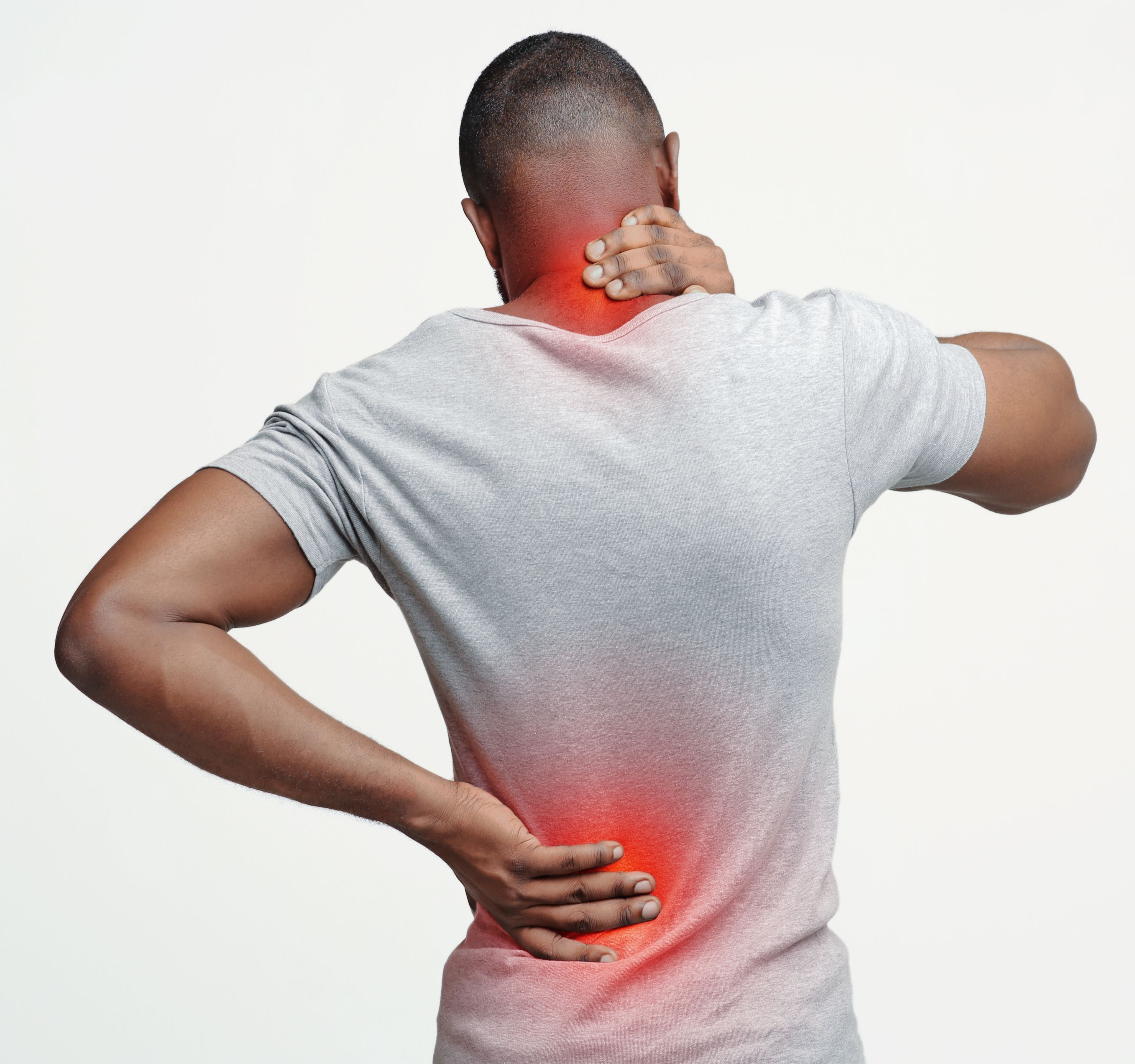Home > ASME Articles > Depression in Patients Prescribed Opioids for Pain Tied to Increased Rates of Substance Misuse, Overdose, Pain, Poorer Health Outcomes
August 2022
Key points:
Individuals suffering from chronic pain also experience increased rates of major depression and associated symptoms, and depression is often underdiagnosed in people experiencing pain. Untreated depression is associated with greater pain sensitivity and poorer pain treatment outcomes. 
When prescribed opioids for their pain, these individuals may experience poorer health outcomes compared to chronic pain sufferers without major depression who are taking opioids. However, studies examining the association between depressive symptoms, substance use, and other health outcomes are lacking.
As part of NIDA Clinical Trials Network study CTN-0093, participants who were filling opioid prescriptions at community pharmacies were asked to complete a survey asking about their demographics, depressive symptoms, substance use, prescription opioid misuse, overdose history, general health, and pain severity and interference.
Looking at the survey results, researchers found that about one-in-five participants screened positive for depression. Those with a positive depression screen were:
Conclusions: Depression and pain frequently co-occur and may have overlapping symptoms. In this study, people prescribed opioids for pain who also had heightened depression were more likely to report other substance use, misuse of prescription opioids, prior overdose, greater pain, and poorer health in general. This study highlights the need for additional screening and treatment of co-occurring depression among people with pain, as well as enhanced pain management strategies.